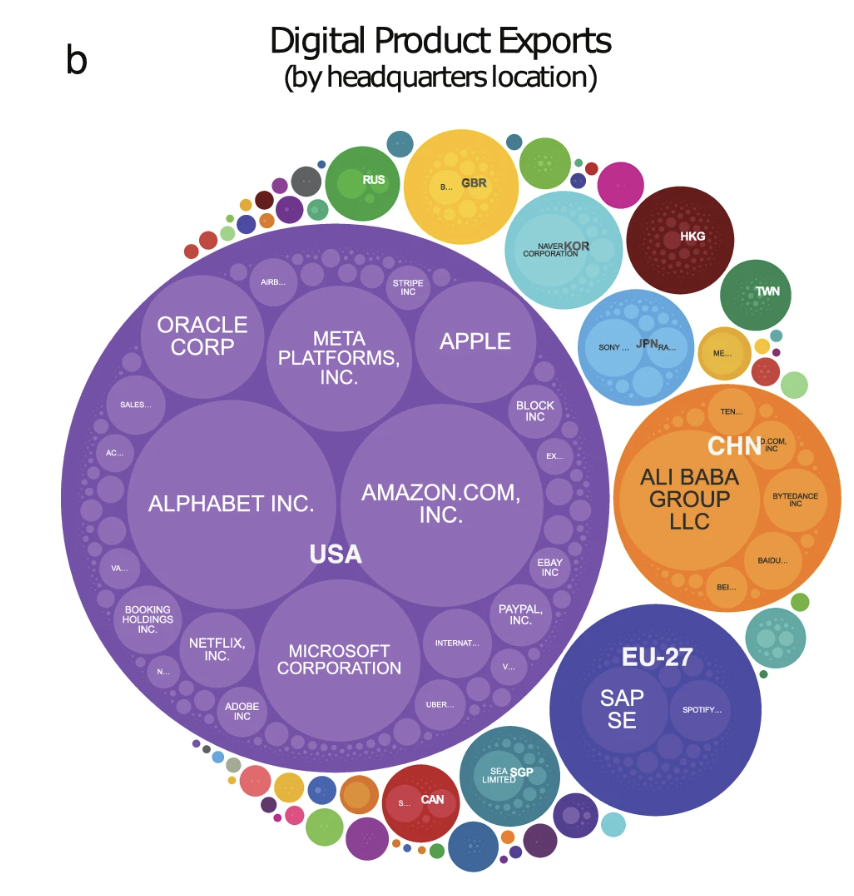Interested in China's regional economic diversification ?
In this new paper in Regional Studies, we explore the role of relatedness, & high-speed rail, in China's regional diversification. The paper was led by lead @gaojian08
(1/n) 🧵
Paper: tandfonline.com/eprint/GRXBNTC…

In this new paper in Regional Studies, we explore the role of relatedness, & high-speed rail, in China's regional diversification. The paper was led by lead @gaojian08
(1/n) 🧵
Paper: tandfonline.com/eprint/GRXBNTC…


We start by verifying that Chinese provinces are more likely to (i) enter related activities & (ii) enter activities present in geographic neighbors. These are classic findings in economic geography that we reproduce using Chinese enterprise data & firm financial data. (2/N) 



Then, we compare these spillover channels. What matters more? Having related industries? Or a geographic neighbor that is already in that industry? We find that these two channels work as substitutes. (3/N)
Having many related industries, or many geographic neighbors where the industry is present, predicts entries. But having both is not more predictive than having one. As long as you have one source of spillovers (relatedness or geography) the other one is less relevant. (4/N) 



Finally we look at the role of high-speed rail in accelerating regional spillovers. During the last decades, China's high-speed rail went through several acceleration campaigns, which should facilitate spillovers among nearby regions. (5/N) 

These acceleration campaigns followed existing roads and rail lines (connecting cities which have been connected for thousands of years). So they were not designed to connect a particular industries (e.g. to connect advertisement companies in Shanghai & Wuhan) (6/N) 

We find that regions connected by rail grew more similar in terms of their industrial structure. These findings, suggest that high speed rail contributes to spillovers among neighboring regions. (7/N). You can get the paper at: centerforcollectivelearning.org/papers
&
tandfonline.com/eprint/GRXBNTC…

&
tandfonline.com/eprint/GRXBNTC…


• • •
Missing some Tweet in this thread? You can try to
force a refresh












